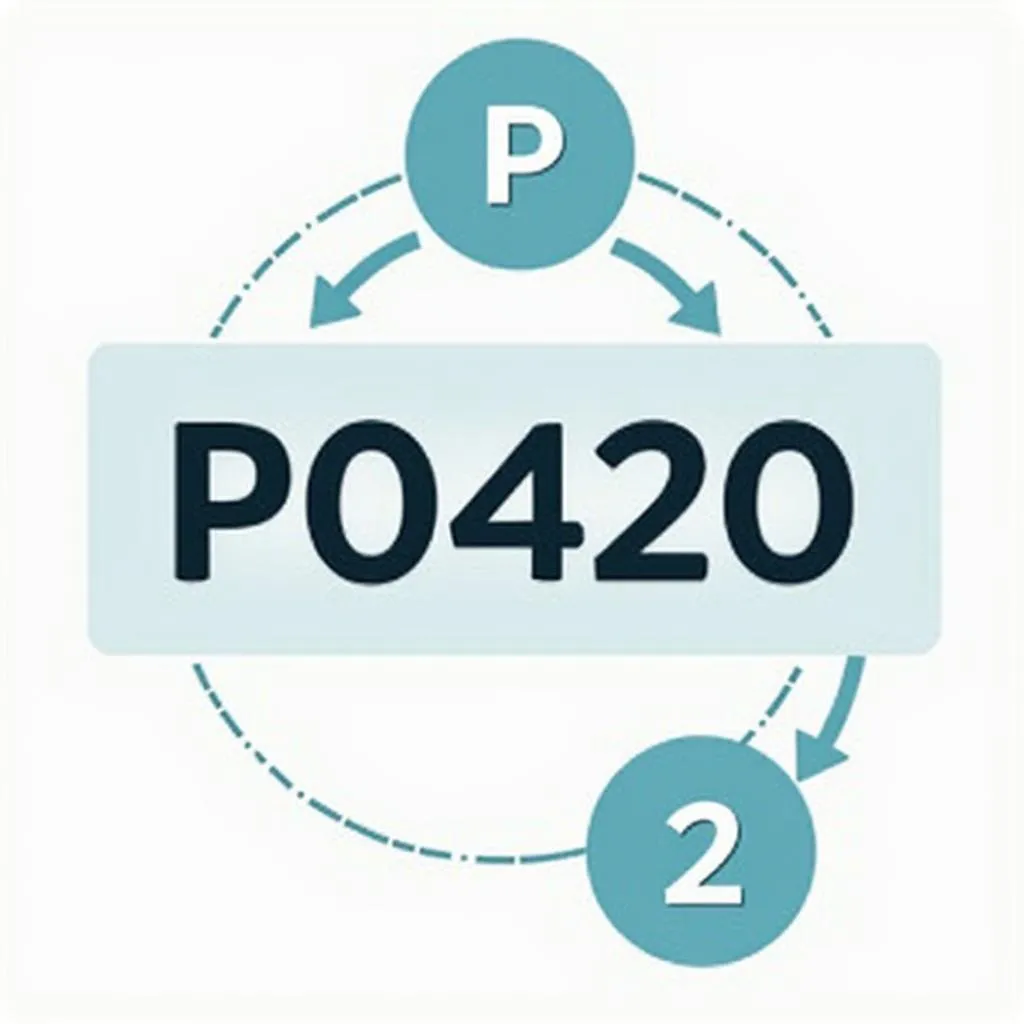Understanding what’s happening under the hood of your car used to be the exclusive domain of mechanics with years of experience. But now, thanks to OBD2 scanners and access to comprehensive OBD2 codes lists, you can diagnose car problems right from your driveway. But with so many codes and technical jargon, it can get overwhelming. This guide is designed to demystify those cryptic codes and empower you with the knowledge to tackle car troubles head-on.
What is an OBD2 Code?
Your car’s engine control unit (ECU) is constantly monitoring various systems, from emissions to transmission performance. When something goes wrong, it triggers a Diagnostic Trouble Code (DTC), more commonly known as an OBD2 code. These codes are like your car’s way of telling you, “Hey, something’s not right here!”
Why You Need an OBD2 Codes List PDF
An OBD2 codes list acts as a decoder ring for those mysterious codes. Imagine trying to decipher a foreign language without a dictionary! Having a PDF version is particularly useful because:
- Accessibility: Download it to your phone, tablet, or computer for offline reference, even in the garage.
- Searchability: Easily find specific codes without scrolling through endless lists.
- Printability: Print out a hard copy to keep handy while you’re under the hood.
Decoding OBD2 Codes: A Quick Overview
OBD2 codes follow a standardized five-character format:
- First Character: Indicates the system affected:
- P: Powertrain (engine, transmission, emissions)
- B: Body (airbags, power windows, etc.)
- C: Chassis (ABS, traction control, etc.)
- U: Network & Communication (modules, wiring, etc.)
- Second Character:
- 0: Standardized code set by the Society of Automotive Engineers (SAE)
- 1: Manufacturer-specific code
- Third Character: Pinpoints the specific system within the broader category (e.g., fuel, air, ignition)
- Fourth & Fifth Characters: Specify the exact fault within that system.
 Breakdown of OBD2 code P0420
Breakdown of OBD2 code P0420
Common OBD2 Codes and What They Mean
Here are a few examples of commonly encountered OBD2 codes:
- P0420: Catalyst System Efficiency Below Threshold (Bank 1). This often indicates a failing catalytic converter.
- P0300: Random/Multiple Cylinder Misfire Detected. This means your engine is misfiring, which could be caused by spark plugs, ignition coils, or even fuel problems.
- P0171: System Too Lean (Bank 1). This indicates there’s too much air and not enough fuel in the air-fuel mixture.
- P0135: O2 Sensor Heater Circuit Malfunction (Bank 1, Sensor 1). This means there’s an issue with the oxygen sensor’s heating element, which can impact its accuracy.
Finding the Right OBD2 Codes List PDF
While many free resources are available online, ensure you’re using a reliable source. Look for an OBD2 codes list PDF that:
- Is Regularly Updated: Car manufacturers release new codes periodically.
- Covers a Wide Range of Vehicles: Make sure it includes codes for your car’s make and model.
- Provides Detailed Descriptions: Go beyond just the code name and offer insights into potential causes and fixes.
Beyond the Codes: It’s Not Always a Simple Fix
While a codes list is an invaluable tool, remember that it’s just the first step.
- Don’t Jump to Conclusions: One code could have multiple causes. Further diagnosis is often necessary.
- Consider the Context: Recent repairs, driving conditions, and your car’s maintenance history can provide valuable clues.
- Consult with a Professional When Needed: Some repairs are best left to experienced mechanics, especially those involving complex systems.
OBD2 Codes List PDF: Your Key to Automotive Empowerment
Having an OBD2 codes list PDF at your fingertips empowers you to:
- Understand Your Car Better: Gain insights into how the various systems work together.
- Communicate Effectively with Mechanics: Explain the issue clearly and potentially avoid unnecessary repairs.
- Save Money on Diagnostics: Spot potential problems early and address them before they become major headaches.
Remember, knowledge is power. By understanding OBD2 codes, you take control of your car’s health and embark on a smoother, more confident driving experience.
FAQs:
- Can I clear OBD2 codes myself?
Yes, most OBD2 scanners allow you to clear codes. However, it’s essential to address the underlying issue before clearing them. - Will my car fail emissions testing with an OBD2 code?
Possibly. Emission-related codes will definitely cause a failed test. - Are all OBD2 scanners compatible with all cars?
Most scanners work with a wide range of vehicles, but some older models may require specialized tools.
Still need help with OBD2 codes?
Our team at OBDFree is here to assist you. Reach us via WhatsApp at +1(641)206-8880 or email us at [email protected] for 24/7 customer support.

